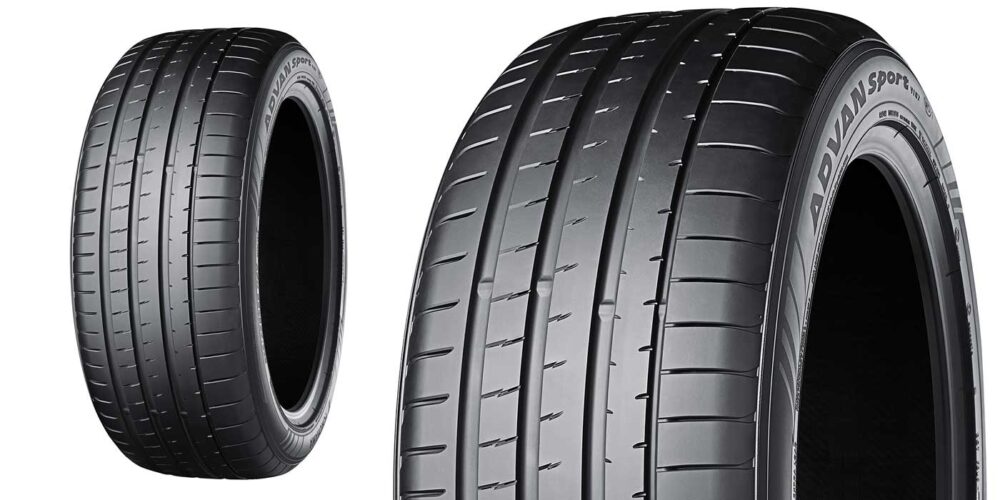What do tires and mushrooms have in common? Cool, dark and dry conditions are always preferred for storage.
First, tires wear much longer these days and therefore are exposed to longer lifecycles as original treads are consumed. More importantly, casings have become more durable, and many line haul tires reach total mileages of 750,000 to 1 million miles with multiple retreads.
Proper tire storage should be an integral component of all good tire asset management programs. Normal tire usage, with flexing under load, causes anti-aging chemicals contained within the tire sidewalls and tread areas to migrate to the exterior surfaces, where they do battle with routinely encountered service conditions.
Storage recommendations for tires mounted on vehicles that are parked or otherwise not “exercised” (flexed under load) in frequent service have specific inflation and deflection issues to minimize premature deterioration. These are addressed separately.
Once dismounted, casings are typically stored (or simply sit) unattended awaiting processing or return to service. Exterior sidewalls have many additives (noted above), including anti-oxidant and anti-ozone chemicals to protect the rubber from moisture, sunlight, ozone (from the natural atmosphere and especially concentrations from electric motors) and other environmental effects. Tire interiors, however, become vulnerable to deterioration without the protection of being mounted and inflated. At this point, tires can become quite sensitive to their storage environments.
Cool, dark and dry conditions are always preferred for tire storage. Moisture, sunlight (especially any direct exposure), and hot temperatures should be avoided.
Since electric motors can generate tire-damaging concentrations of ozone when running, tires should not be stored near compressors, fans, furnaces, A/C units, pumps or other electric powered devices. Also, proximity to any chemicals, especially petroleum products (such as oil, grease, gasoline, diesel fuel, solvents, etc.) should be avoided and direct contact should NEVER be allowed.
Tires should never be stored directly on asphalt or other heat-absorbent surfaces. No highly reflective surfaces should be nearby. Uncovered outdoor storage of used tires or casings must be avoided to minimize tire lifecycle costs.
Generally, tires may be stored in an upright position, preferably on tire racks designed for that purpose. Otherwise, they may be stored flat (horizontally), but never stacked more than 4.5 to 5 feet tall.
Don’t forget that any retread suppliers, tire repair and service vendors, truck stop/remote storage facilities, or others who may hold any portion of your tire inventory off-site should be routinely monitored to ensure “tire-friendly” storage conditions.
Truck tires are chemical composites that naturally deteriorate slowly over time—with or without use on vehicles. Therefore, when removing tires from storage for use, first-in/first-out inventory management is highly recommended.
Tire interiors should then be inspected to ensure that the air chamber is free of any debris, dirt and moisture. Any remaining debris, even very small particles, can enter the valve sealing surfaces and cause slow leaks.
Also, any trapped moisture can later permeate the casing, creating oxidation of the steel ply and belt cords, which can compromise tire strength and long-term casing durability.













